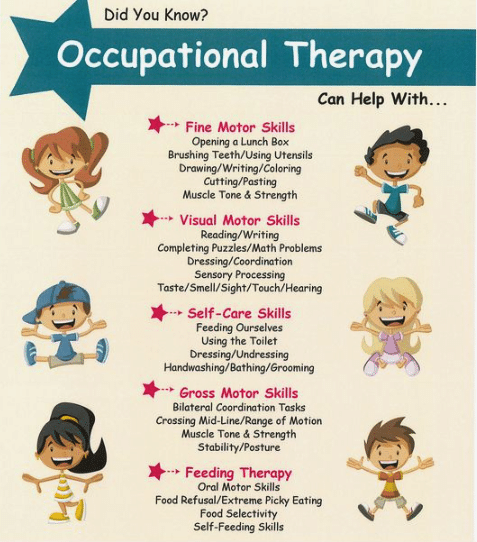Occupational therapists use various methods to assist individuals in achieving their goals and improving daily activities. Here are some examples of how they work:
- Personalized Approach: Occupational therapists create customized treatment plans based on individual needs and challenges.
- Therapeutic Exercises: They incorporate specialized exercises to enhance motor skills and coordination.
- Adaptive Strategies: Occupational therapists teach adaptive techniques to overcome obstacles and achieve tasks.
- Equipment Recommendation: They suggest suitable assistive devices to make activities more manageable.
- Home Environment Assessment: Occupational therapists evaluate the living space to ensure safety and accessibility.
- Sensory Integration: They address sensory issues to improve processing and responses to stimuli.
- Cognitive Training: Occupational therapists implement exercises to enhance cognitive abilities.
- Emotional Support: They provide emotional support and coping strategies during the therapy process.
Occupational therapists work holistically, combining personalized strategies, exercises, adaptive techniques, and emotional support to help individuals reach their full potential and lead fulfilling lives. Goally’s tablet supports kids with occupational therapists through fun apps, teaching life & language skills like schedules, AAC, and gamified learning. It fosters independence, offering emotional regulation, executive functioning exercises, and social skills training videos.
This post was originally published on Feb. 11, 2023. It was updated on July 21, 2023.














